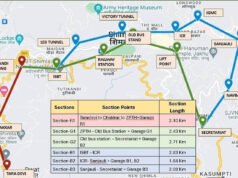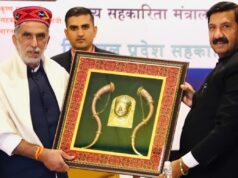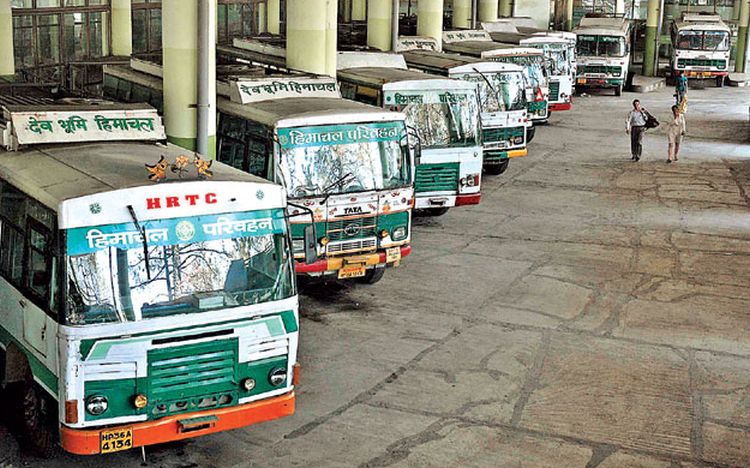Shimla’s long-standing traffic congestion issues may soon find relief as the highly anticipated Shimla Ropeway project has gained crucial approval to move forward ahead of schedule. The Himachal Ropeway Corporation, in collaboration with the New Development Bank (NDB), has completed key formalities, paving the way for the tender process to begin earlier than planned. On Monday, officials from the corporation met with representatives from the Central Ministry and the NDB in Delhi, where permission was granted to place an advance tender for the project.
Originally slated for completion by March next year, the tender process will now be fast-tracked, with allotments expected by December 2024. Construction is set to begin by January 2025, with the ropeway operational by 2026. The project, expected to cost ₹1,734 crore, will be primarily funded by the NDB, with additional support from the central government.
Stretching 13.79 kilometers, the Shimla Ropeway will feature 16 stations across key locations in the city, including Shoghi, Taradevi, Chakkar Court Complex, Tootikandi Parking, New ISBT, Victory Tunnel, IGMC, and Sanjauli. More than 200 cabins will be constructed initially, with the capacity to expand to 660. Once complete, the ropeway will be capable of transporting 2,000 people per hour, significantly easing the daily traffic burden.
Deputy Chief Minister Mukesh Agnihotri hailed the project as a crucial step toward addressing Shimla’s mounting traffic challenges. “The Shimla Ropeway will transform urban transportation in the city, offering a sustainable alternative to the existing road network, which is overwhelmed by traffic,” Agnihotri said on social media. He added that this would be the world’s second-longest ropeway and the longest in India, marking a milestone in India’s infrastructure development.
The project comes at a time when Shimla is grappling with severe traffic congestion, especially during peak tourist seasons. Narrow roads, limited parking facilities, and an increasing number of vehicles have made commuting difficult for both residents and visitors. The introduction of the ropeway aims to alleviate these challenges by providing an efficient and eco-friendly alternative to road transport.
The strategic location of stations near major hubs like the Old Bus Stand, Railway Station, and Victory Tunnel is expected to reduce the city’s reliance on buses and private vehicles. As a result, residents and tourists alike will have a faster and more convenient way to navigate the hilly terrain of Shimla, cutting down travel time and reducing the stress on already congested roads.
The construction and implementation of the ropeway are expected to boost the local economy by improving access to tourist spots and easing the movement of visitors within the city. Moreover, the project aligns with the state’s broader goals of promoting sustainable and eco-friendly tourism.
While the Shimla Ropeway offers a promising solution to the city’s traffic problems, the project’s success will hinge on its timely execution and careful integration with the city’s existing infrastructure. Environmental concerns will also need to be addressed, as the construction of such a large-scale project in a sensitive area like Shimla requires a balance between development and preservation of the natural environment.
Once completed, the ropeway will serve as a landmark transportation system, helping Shimla evolve into a more accessible and efficient city for both its residents and the influx of tourists that visit each year.













